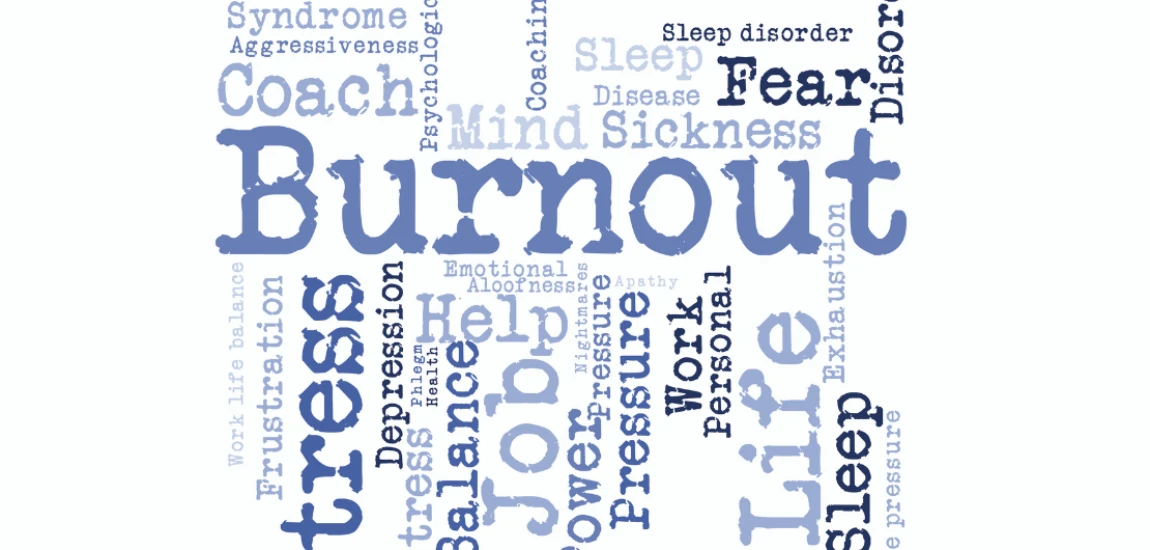Binge Culture Burnout: Are Weekly Releases Making a Comeback?

When Netflix first introduced the all-at-once release model, it revolutionized the way we consume television. No more waiting a week for the next episode—suddenly, fans could devour entire seasons in a weekend. This binge culture fueled countless cultural phenomena, from Stranger Things marathons to global watercooler conversations about Tiger King. But in recent years, cracks have started to show.
Viewers are reporting binge culture burnout—the fatigue of racing through hours of content only to feel empty when it’s over. Meanwhile, streaming platforms are seeing that massive weekend binges don’t always translate into long-term engagement or subscriber retention. As a result, the weekly release model, once dismissed as old-fashioned, is making a strong comeback. Shows like The Last of Us on HBO and The Mandalorian on Disney+ prove that waiting a week between episodes might actually make TV better.
So, what’s driving this shift? Is the binge era truly ending, or are we just seeing a hybrid future of streaming? Let’s break down the cultural, psychological, and industry reasons behind the rise of weekly releases in the age of binge fatigue.
The Rise of Binge Culture

How Netflix Changed Viewing Habits
When Netflix launched House of Cards in 2013 with its entire season available on day one, it changed everything. Suddenly, the viewer was in control. You didn’t have to wait for cable schedules—you could decide your own pace.
Cultural Impact of Binges
Binge-watching quickly became a badge of honor. People bragged about finishing an entire series in 48 hours, and social media amplified the frenzy with spoiler-filled threads and reaction memes.
Binge as Instant Gratification
The appeal of binge culture lies in instant payoff. Audiences don’t want to wait for cliffhangers—they want resolution immediately. But what once felt exciting is now starting to feel exhausting.
The Downside: Binge Culture Burnout

Too Much Content, Too Fast
With dozens of platforms competing, binge drops now feel overwhelming. Instead of one or two weekend binges a year, audiences face constant pressure to keep up with endless content.
Loss of Anticipation and Discussion
One of binge culture’s biggest drawbacks is the short lifespan of hype. A show that could dominate conversation for months ends up forgotten in weeks because everyone watched it at different speeds.
Viewer Fatigue and Emotional Overload
Bingeing requires hours of focused time, leaving audiences emotionally drained. Instead of savoring the story, viewers consume it like fast food—quickly satisfying but ultimately unsustainable.
Why Weekly Releases Are Making a Comeback

Stretching Out the Buzz
Weekly releases extend cultural conversation. Instead of a weekend spike, shows like The Last of Us trend for months, keeping subscribers engaged longer.
Building Anticipation
Waiting a week creates suspense, theorizing, and community discussion. Fans enjoy predicting plot twists together, something binge models often strip away.
Retention and Revenue
For platforms, weekly drops mean subscribers must stay for multiple months. This model reduces churn and ensures long-term revenue—something binge culture doesn’t guarantee.
The Psychological Benefits of Waiting

Anticipation Increases Enjoyment
Studies show that anticipation heightens pleasure. Waiting for the next episode builds emotional investment, making the payoff more rewarding.
Time to Process Stories
Weekly pacing gives viewers space to reflect, discuss, and rewatch key moments. This deepens connection with the story compared to binge-driven overload.
Healthier Viewing Habits
Weekly releases encourage moderation. Instead of all-night marathons, viewers can balance TV with other activities, reducing screen-time fatigue.
Case Studies: Weekly Release Success Stories

Game of Thrones and Appointment TV
Even in the streaming age, Game of Thrones proved the power of weekly television. Each episode became an event, dominating global conversation.
The Mandalorian’s Cultural Longevity
Disney+ chose weekly releases for The Mandalorian, and it paid off. Baby Yoda became a sustained cultural icon, not a two-week trend.
The Last of Us on HBO
HBO’s The Last of Us exemplified how weekly pacing can boost both ratings and fan engagement. Audiences tuned in live, eager to share theories online.
Hybrid Models: The Best of Both Worlds?

Two-to-Three Episode Premieres
Some platforms experiment with dropping multiple episodes at launch, then shifting to weekly releases. This hooks audiences early while maintaining long-term engagement.
Splitting Seasons into Parts
Netflix now splits seasons (Stranger Things, Ozark), giving fans a binge fix while extending hype. This halfway model acknowledges binge culture but fights burnout.
Catering to Both Audiences
Hybrid approaches balance the desires of binge-watchers with those who prefer savoring weekly drops, ensuring wider audience satisfaction.
Industry Perspectives: Why Platforms Are Shifting

Subscription Growth vs. Retention
Binge releases attract initial subscribers, but many cancel after finishing a season. Weekly drops keep subscribers locked in longer.
Marketing Advantages
Weekly pacing allows more marketing opportunities—new trailers, cast interviews, and fan theories generate buzz throughout the run.
International Rollouts
Weekly releases also help global audiences sync up. Instead of spoilers flooding social media in 24 hours, discussion unfolds at the same pace worldwide.
The Future of TV: Binge or Weekly?

Weekly Releases as Prestige
Premium platforms like HBO and Disney+ lean into weekly drops as a mark of quality—like fine dining instead of fast food.
Binge Still Has a Place
Not every show benefits from weekly pacing. Lighthearted series, reality TV, and comedies often thrive on binge accessibility.
A Flexible Future
The likely future isn’t the death of binge culture but a balanced ecosystem, where studios decide the best release model based on the type of content and audience demand.



